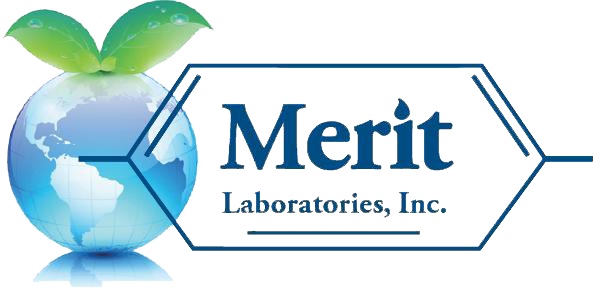The U.S. EPA (EPA) has released the highly anticipated 2nd Draft of EPA Method 1633, an LC/MS/MS method to analyze PFAS. This second draft, released by the EPA in June, is a follow-up to the original draft released in Fall 2021.
One of the most concerning aspects of the first draft was it being based on a single laboratory validation study. The scientific community communicated significant interest in seeing the results of the anticipated multi-laboratory valuation study, which is expected sometime in 2022. The EPA continues to state in the 2nd Draft that “The Office of Water will use the results of the multi-laboratory validation study to finalize the method and add formal performance criteria. The EPA also notes that the method validation process may eliminate some of the parameters listed in this draft method.” The draft method, performed as a single laboratory validation study, is a collaboration between the EPA and the U.S. Department of Defense (DoD). The EPA and the DoD’s Strategic Environmental Research and Development Program (SERDP) partnered to produce draft Method 1633, a method to test for 40 PFAS compounds. EPA and DoD are expected to collaborate to complete a multi-laboratory validation study of the method in 2022.
The original draft method release encouraged laboratories, regulatory authorities, and other interested parties to review and comment on the draft method. As a result, hundreds of comments were shared with the EPA during the comment period. The EPA noted in this second draft that “Partly as a result of such reviews and comments, as well as questions raised to DoD during the multi-laboratory validation study, the Office of Water addressed some errors and less-than-clear aspects of the method in an errata sheet that was posted on its web site. This 2nd draft of the method incorporates the items from that errata sheet and a few other changes into one document.” The 2nd Draft details the changes in a highlighted revision history summary at the beginning of the new draft.
According to the EPA, draft Method 1633 can be used in various applications, including National Pollutant Discharge Elimination System (NPDES) permits. The method will support NPDES implementation by providing a consistent PFAS method that has been tested in a wide variety of wastewater matrices and contains the required quality control procedures for a Clean Water Act (CWA) method. The EPA and the DoD’s Strategic Environmental Research and Development Program (SERDP) partnered to produce draft Method 1633, a method to test for 40 PFAS compounds. EPA and DoD are expected to collaborate to complete a multi-laboratory validation study of the method in 2022.
Draft Method 1633 is intended to complement existing validated methods that test for PFAS in drinking water and non-potable water. It also intends to complement existing Safe Drinking Water Act (SDWA) methods to test for PFAS compounds in drinking water and a Resource Conservation and Recovery Act (RCRA) method for PFAS in non-potable water.
Merit Laboratories is a leading national PFAS environmental laboratory, analyzing drinking water, soil, wastewater, groundwater, and other sample matrices, including biosolids and sludge. Analytical methods performed by Merit for PFAS include drinking water by EPA 533, EPA 537.1, and EPA 537 rev. 1.1, biosolids by ASTM D7968-17 with Isotopic Dilution, and soil, wastewater, groundwater, and surface water by ASTM D7979-19 with Isotopic Dilution and ASTM D7968-17.

